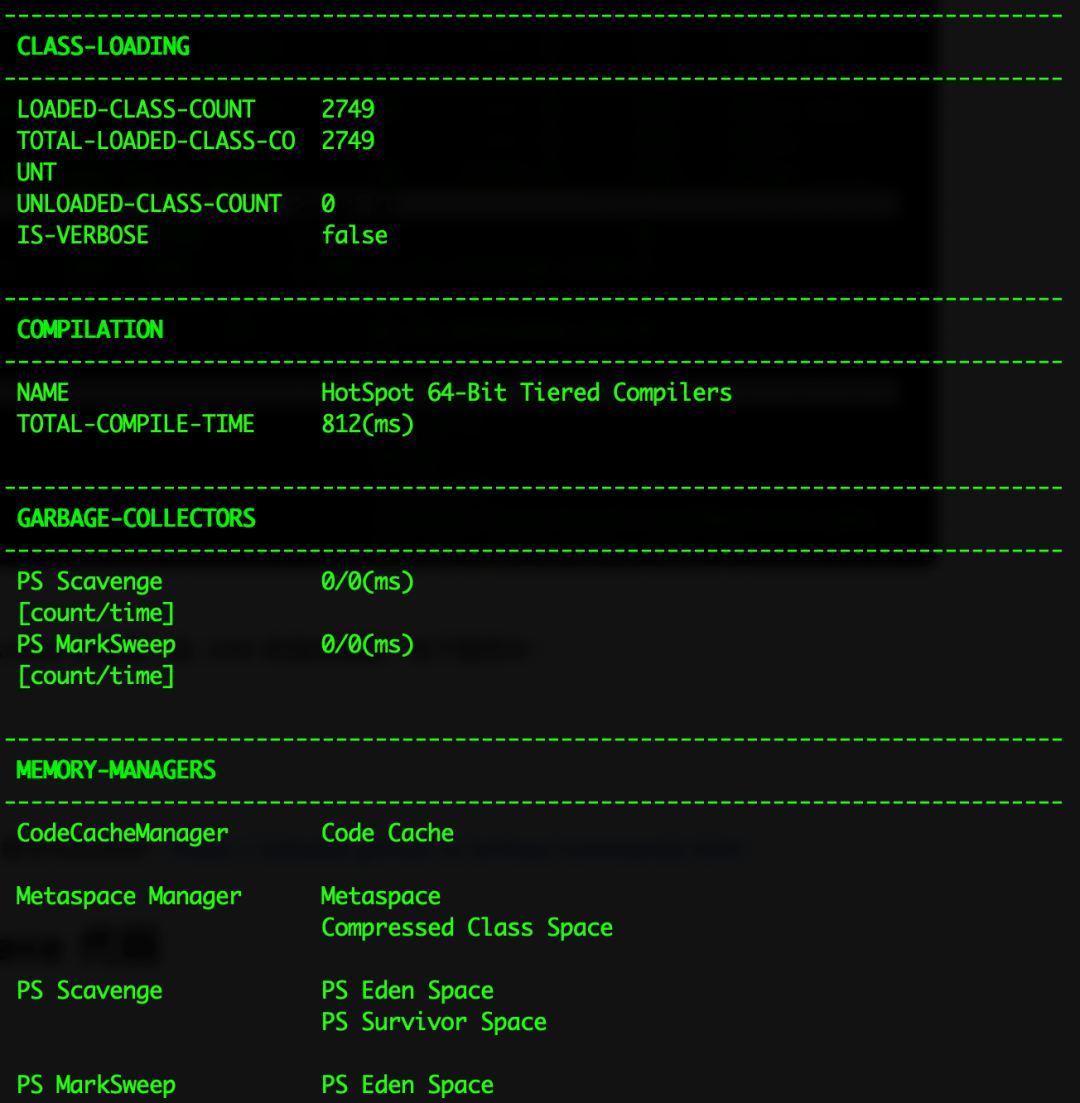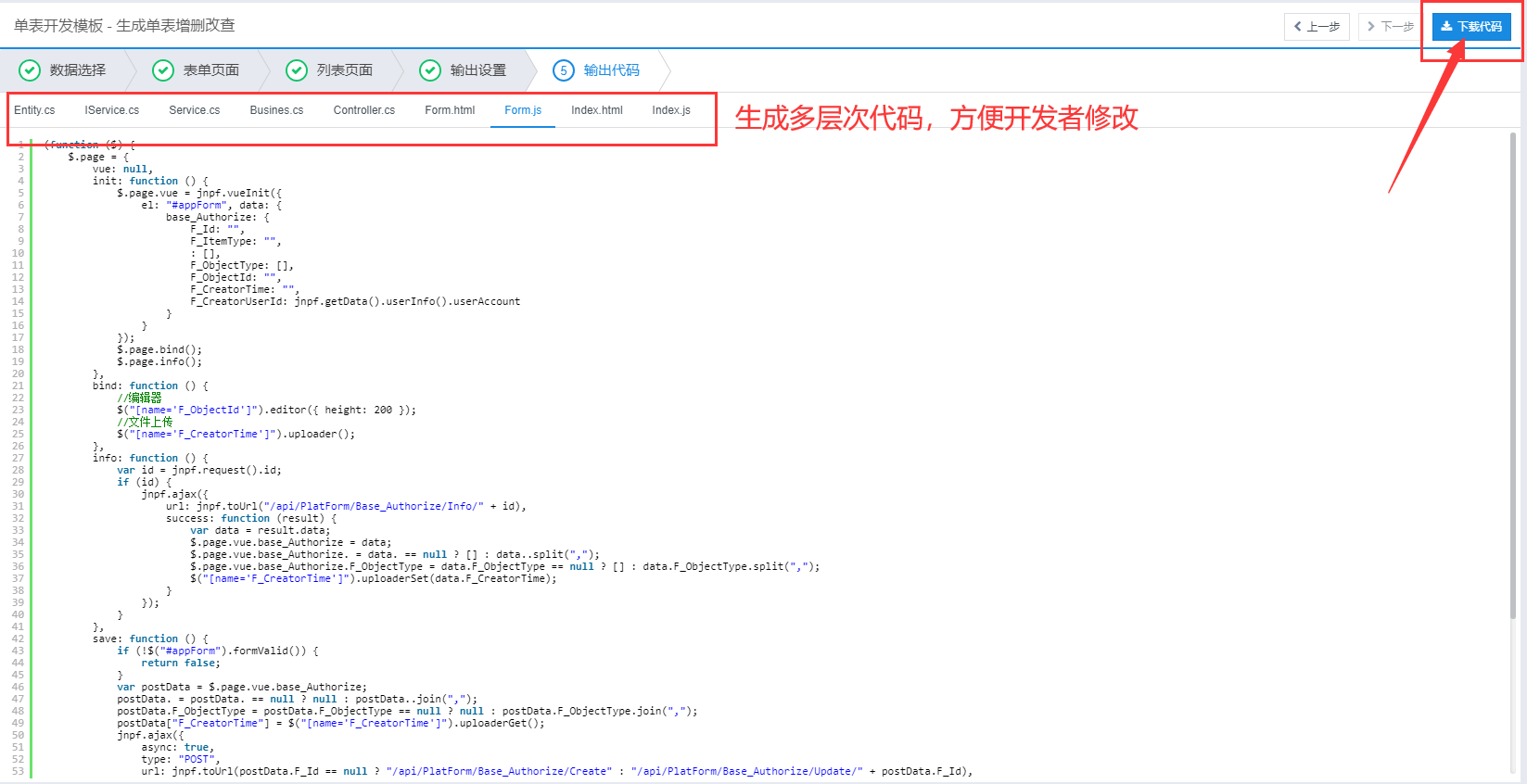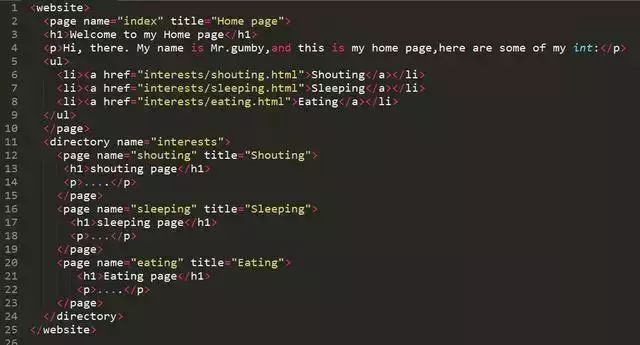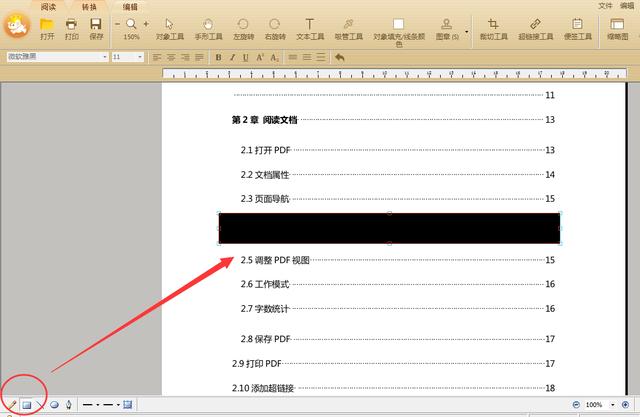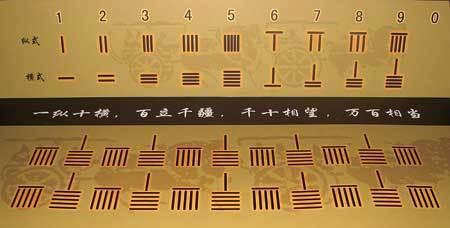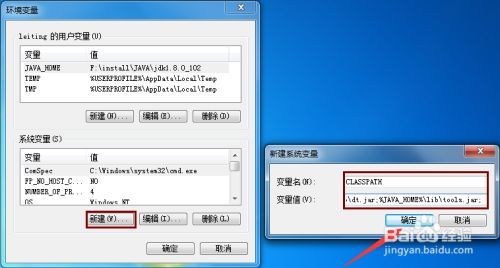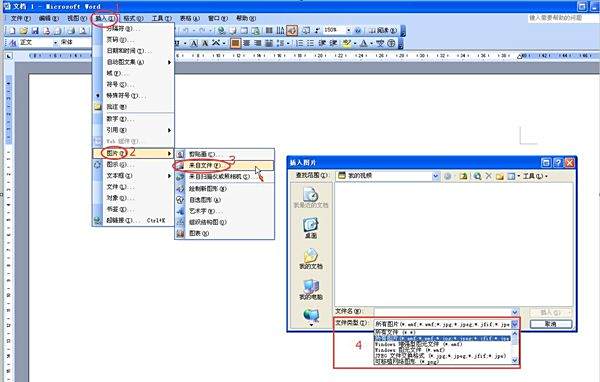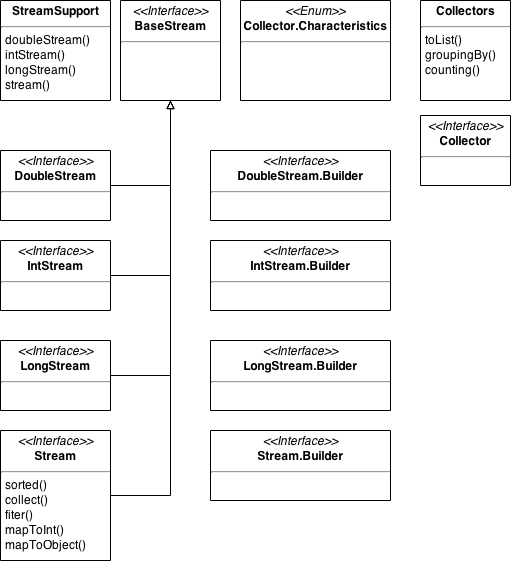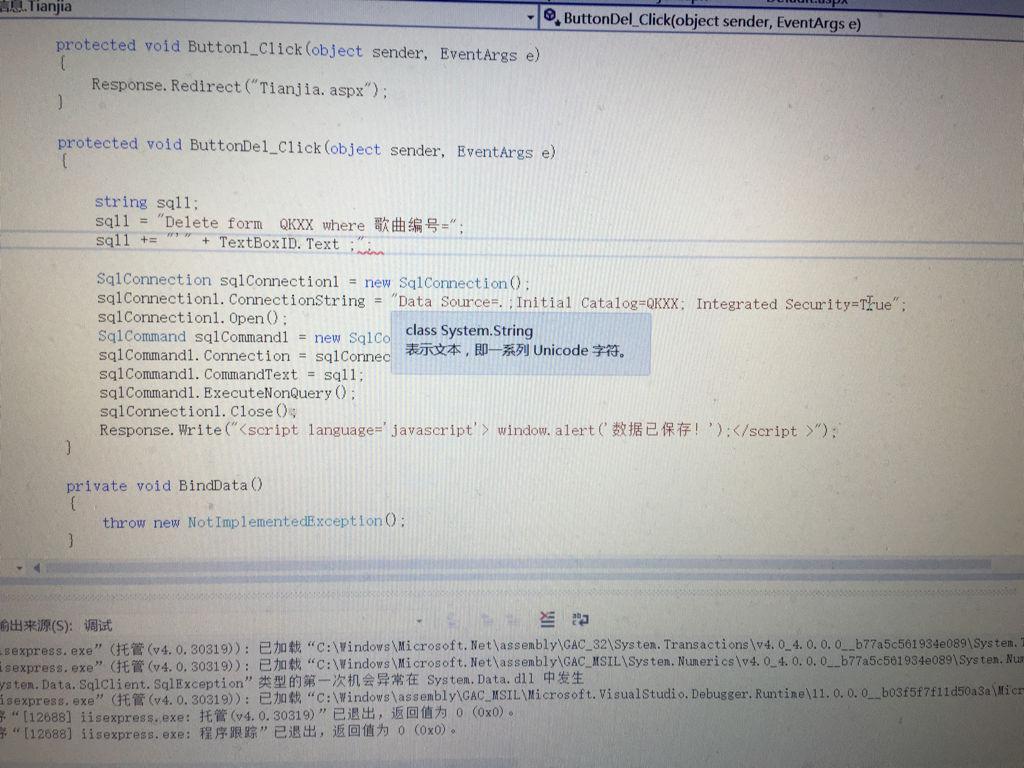上一篇
java怎么表示某个变量不是
- 后端开发
- 2025-09-01
- 6
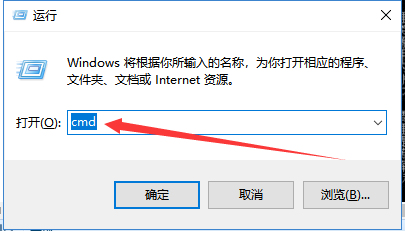
Java中,可以使用
!运算符来表示某个变量不是某个值,如果有一个布尔变量
isTrue,可以用
!isTrue来表示它不是
true,对于其他类型的变量,可以使用不等于运算符`!
Java编程中,表示某个变量“不是”某种情况或不满足某个条件有多种方式,以下是详细内容:
使用不等于运算符(!=)
- 基本数据类型比较:对于基本数据类型(如int、double、char等),直接使用来表示两个变量的值不相等。
int a = 5; int b = 3; if(a != b){ System.out.println("a和b的值不相等"); },在这个例子中,a != b就表示变量a的值不等于变量b的值。 - 引用数据类型比较:对于引用数据类型(如类对象、数组等),比较的是两个引用是否指向不同的内存地址。
String str1 = new String("hello"); String str2 = new String("hello"); if(str1 != str2){ System.out.println("str1和str2不是同一个对象"); },这里虽然str1和str2的值相同,但由于它们是两个不同的对象,所以str1 != str2的结果是true。
使用逻辑非运算符(!)与条件表达式
- 简单条件判断:可以使用逻辑非运算符与条件表达式相结合来表示变量不满足某个条件。
boolean flag = true; if(!flag){ System.out.println("flag为false"); }。!flag就表示变量flag的值不是true,即flag为false。 - 复杂条件判断:在复杂的条件判断中,也可以使用来否定整个条件表达式。
int score = 80; if(!(score >= 90)){ System.out.println("score没有达到90分以上"); }。!(score >= 90)就表示变量score的值不满足大于等于90分的条件。
使用实例of方法(适用于枚举类型)
- 枚举类型判断:如果变量是枚举类型,可以使用或者
!variable.equals(enumValue)的方式来表示变量不是某个枚举值,定义一个表示颜色的枚举类型:public enum Color { RED, GREEN, BLUE } Color color = Color.RED; if(color != Color.GREEN){ System.out.println("color不是绿色"); } if(!color.equals(Color.BLUE)){ System.out.println("color不是蓝色"); }
使用正则表达式(适用于字符串变量)
- 匹配不符合的模式:对于字符串变量,可以使用正则表达式来表示变量不匹配某种模式,要判断一个字符串变量
str不是以数字开头,可以使用!str.matches("^[0-9]."),如果str的值是"abc",那么!str.matches("^[0-9].")的结果就是true,表示str不是以数字开头。
自定义方法判断
- 根据业务逻辑编写方法:需要根据具体的业务逻辑来判断变量是否不满足某些条件,这时可以编写自定义的方法,判断一个学生对象的年龄是否不在正常范围内:
public class Student { private int age; //构造方法、getter和setter方法省略 public boolean isAgeNotNormal(){ return !(age >= 18 && age <= 30); } } Student student = new Student(); student.setAge(15); if(student.isAgeNotNormal()){ System.out.println("学生年龄不在正常范围内"); }
| 表示方式 | 适用场景 | 示例代码 |
|---|---|---|
| 不等于运算符(!=) | 基本数据类型和引用数据类型的值比较 | int a = 5, b = 3; if(a != b){} String str1 = new String(“hello”), str2 = new String(“hello”); if(str1 != str2){} |
| 逻辑非运算符(!)与条件表达式 | 各种条件判断 | boolean flag = true; if(!flag){} int score = 80; if(!(score >= 90)){} |
| instanceof方法(适用于枚举类型) | 枚举类型变量的判断 | Color color = Color.RED; if(color != Color.GREEN){} |
| 正则表达式(适用于字符串变量) | 字符串变量的模式匹配判断 | String str = “abc”; if(!str.matches(“^[0-9].”)){} |
| 自定义方法判断 | 根据具体业务逻辑判断变量不满足条件 | public class Student { private int age; public boolean isAgeNotNormal(){ return !(age >= 18 && age <= 30); } } Student student = new Student(); student.setAge(15); if(student.isAgeNotNormal()){} |
相关问答FAQs
问题1:在Java中,如何判断一个对象变量不是某个类的实例?
回答:可以使用instanceof运算符结合逻辑非运算符来判断,假设有一个Animal类和一个Dog类,Dog类继承自Animal类,现在有一个Animal类型的变量animal,要判断它不是Dog类的实例,可以这样写:if(!(animal instanceof Dog)){ System.out.println("animal不是Dog类的实例"); }。
问题2:对于集合类型的变量,如何表示某个元素不在某个集合中?
回答:可以使用集合的contains方法结合逻辑非运算符来判断,有一个List<String>类型的集合list,现在要判断字符串变量str不在该集合中,可以这样写:`if(!list.contains(str)){ System.
